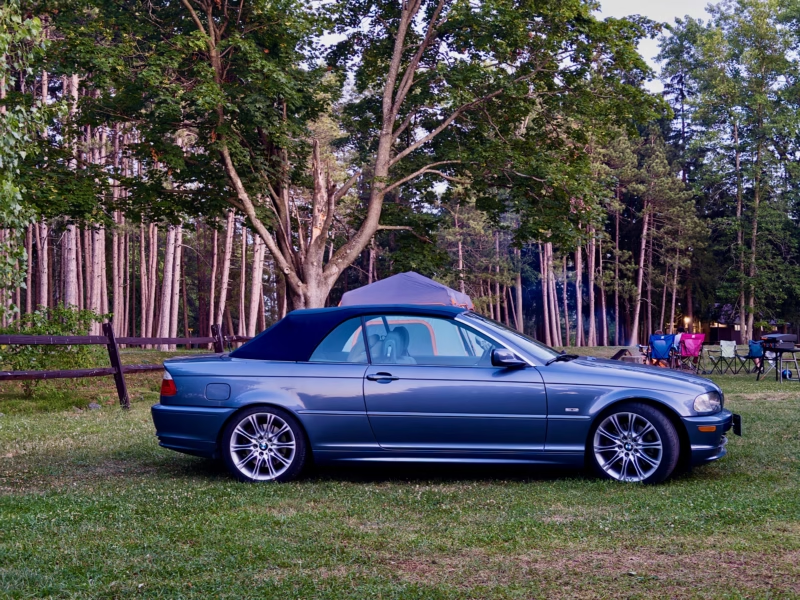
I never thought I’d be reviewing an iPhone Photography App on this blog but here we are. About me, I detest iPhone photography and will take any opportunity to shit on it because phones suck at taking photos. I don’t think computational photography will ever bypass the physical limitations of small sensors and a lack of light. At the same time, I can be amazed at what Adobe has done with Inidgo even if it’s not something that should be built in to new phones because it is very resource hungry. While it hasn’t kept me from leaving my Canon R5 or Leica Q2 at home, it has been something I’ve enjoyed playing around with.
Pixel peeping RAW images (DNG) shot on iPhone using Project Indigo still reveals the truth that these are not full frame 60 megapixel images. They’re pretty crappy when you look at them on a 30″ display at actual size but, I’ve realized that almost every digital image is consumed on smartphones now therefore most of you won’t tell the difference.



The iPhone still benefits from having lots of light entering the sensor but Indigo’s night mode does work assuming you have steady hands and your subject is sitting still. You can’t just crank up the ISO like I can on my Canon R5 with usable results. But with my daughter laying in our canoe half asleep, yeah, Night Mode totally works with a 3 second exposure.
I’ve been really digging the 2X / 10X super resolution modes Indigo offers. It essentially does Night Mode but during the day and grabs all of the data it can from multiple (hundreds) of exposures to create an image that you really can zoom in on and see more detail than just using iPhone’s 5X telephoto lens which suffers from a weak aperture. The image of the woman on the boat above was at 10X SR. Here’s another:

and here’s the same subject at 2X (super resolution)


and above is 1X non SR. All 3 images were shot with Adobe Project Indigo.
Here are a few more images again, not edited at all and just off the camera with a lot of computational photography applied by Adobe including super resolution and their denoising AI features which smoothen images almost too much (I don’t like using it in Adobe Lightroom)













The bad part about Project Indigo today is that with Apple’s top of the line iPhone 16 Pro Max with the most computing power and RAM, it really struggles with the app which takes about 10 seconds to launch and slows down to a crawl when you are taking images sometimes freezing completely. You then must keep the app open for minutes after shooting for the images to process and save to your photo library. While the results are superior to any other camera app I’ve used, it’s aimed at people who fuss over such things and don’t mind a horrid user experience to enjoy the benefits. Still, it’s faster than my workflow of grabbing a Canon R5, shooting and spending hours later importing and processing the images albeit the iPhone will still yield worse results despite Adobe’s computational efforts to deliver decent images.
That’s not to say the final images aren’t very nice but no one is going to have issues discerning these from an image shot on my Leica or Canon. Still, I’m continuing to use this for scenes that matter when all I have on me is the iPhone. It’s been really cool to get nicer images from a smartphone if that’s the only camera on me.
As the iPhone’s power increases and Adobe’s workflows improve, I think this is the beginning of a new age. I also wonder if Project Indigo is handicapped by Apple’s aggressive sandboxing limitations on 3rd party apps such as throttling and how memory is allocated. If Indigo was a 1st party app, it probably would run slightly better. My wife wants to install it on her iPhone 15 Pro and I’d advise against that because it’s borderline not usable today and I’m very patient with it because the results are nice.

You must be logged in to post a comment.